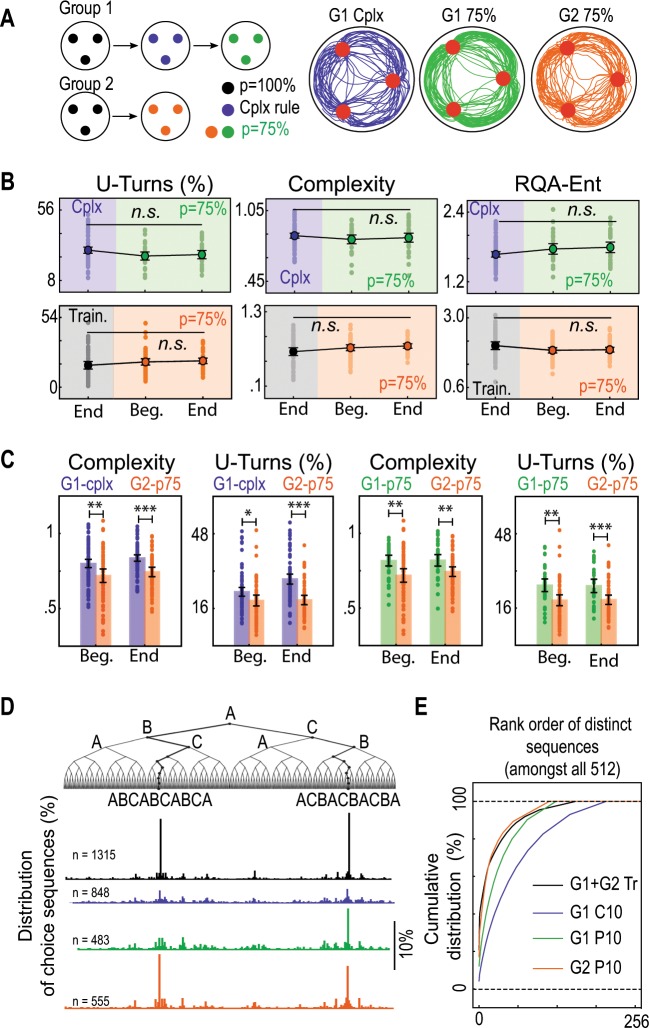Fig. 4. Comparison of mice behavior under the complexity condition and a probabilistic condition.
a Experimental setup and typical trajectories under the two conditions. For a first group of mice (G1), the complexity condition was followed by a probabilistic condition. For a second group (G2), the probabilistic condition was experienced right after training. Under the probabilistic condition all targets were rewarded with a 75% probability. b G1 and G2 mice behavior in the probabilistic setting compared to the end of the preceding condition (resp. complexity and training). The U-turn rate, NLZcomp complexity, and RQA ENT measure remain unchanged for G1 (pooled “end vc”, “beg. p75” and “end p75”, U-turn rate, H = 4.22, p = 0.120, Complexity, H = 0.90, p = 0.637, RQA ENT, H = 4.57, p = 0.101, Kruskal–Wallis test) and for G2 (pooled “end tr”, “beg. p75”, and “end p75”, U-turn rate, H = 5.68, p = 0.058, Complexity, H = 4.10, p = 0.128, RQA ENT, H = 2.66, p = 0.073, Kruskal–Wallis test). c Comparison of G2 behavior in the probabilistic setting with G1 behavior under the complexity and the probabilistic conditions. G1 mice exhibit higher sequence complexity and U-turn rate than G2 under both the complexity condition (G1-cplx versus G2-p75, Complexity, pooled “beg”, t(136) = 2.99, p = 0.003, pooled “end”, t(136) = 4.72, p = 7.10−6, Welch t-test, U-turn, pooled “beg”, U = 2866.5, p = 0.015, pooled “end”, U = 3493, p = 10−7, Mann–Whitney test) and the probabilistic condition (G1-p75 versus G2-p75, Complexity, pooled “beg”, U = 1375, p = 0.005, Mann–Whitney test, pooled “end”, t(91) = 2.92, p = 0.004, t-test, U-turn, pooled “beg”, U = 1478, p = 0.0003, pooled “end”, U = 1424, p = 0.001, Mann–Whitney test). N = 80 for G1-cplx, N = 36 for G1-p75, N = 54 for G2-p75. d Distribution of subsequences of length 10 performed by G1 and G2 animals in the last sessions of the training, the complexity (same as in Fig. 3b), and the probabilistic conditions. e Cumulative distribution of ranked patterns of length 10.

